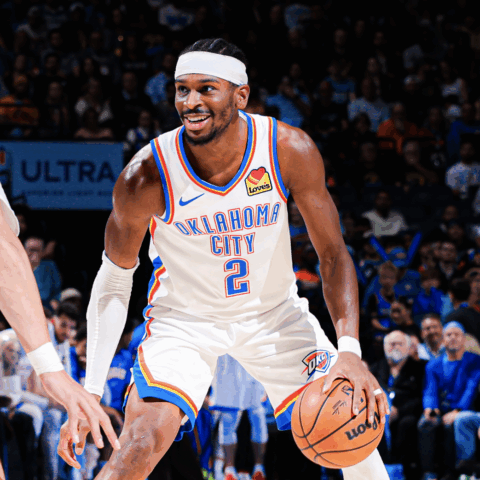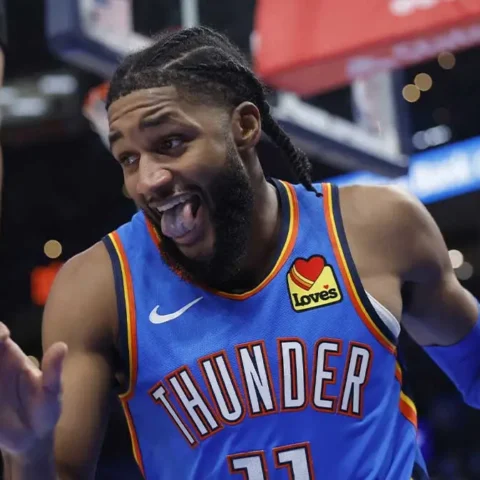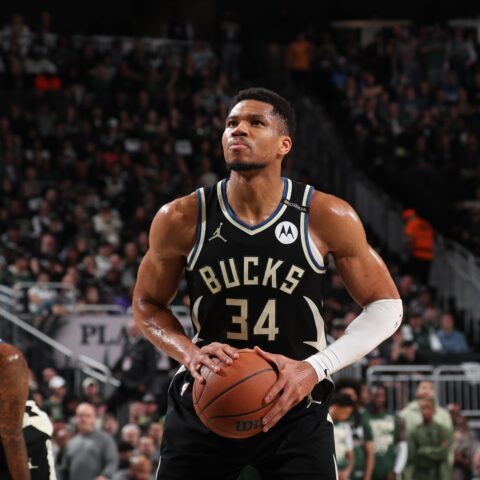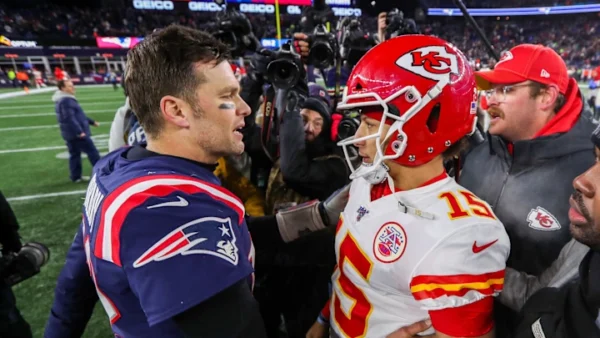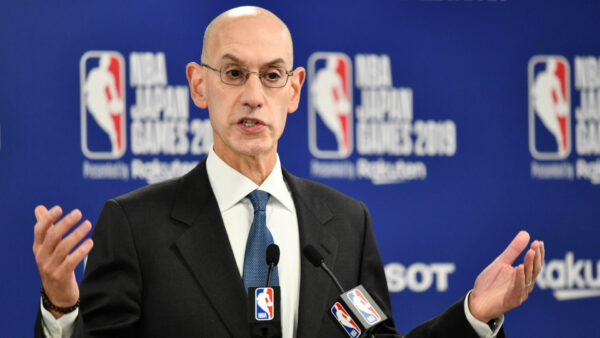Media coverage shapes the narrative of sports. It determines what people see, how they perceive athletes, and ultimately, what they value. For women’s sports, the spotlight is far from balanced. Despite significant strides in performance and popularity, women’s sports remain underrepresented in the media. This disparity impacts their development, stifling their potential and perpetuating stereotypes. To ensure equitable growth, the media must expand its scope and embrace comprehensive representation.
The Power of Media in Shaping Perceptions
Media coverage wields immense power in creating and reinforcing perceptions. When women’s sports receive limited or stereotyped coverage, they are implicitly devalued. Studies reveal that women’s sports account for less than 10% of media coverage, even as participation and viewership grow globally. This imbalance conveys the message that women’s achievements are secondary, influencing how audiences perceive female athletes and their sports.
When women’s sports do make headlines, the focus often shifts from athleticism to appearance or personal lives, further detracting from their professionalism. Highlighting physical attractiveness or personal details over accomplishments perpetuates outdated gender roles, limiting public interest in women’s leagues. Breaking this cycle requires intentional, balanced storytelling that prioritizes performance and skill.
Marc Lasry, a prominent sports investor, has highlighted the potential of women’s sports to captivate audiences when given proper attention. He notes that today’s younger generations are increasingly indifferent to traditional gender distinctions in sports, attending women’s games as readily as men’s. This generational shift underscores the importance of leveraging media to tap into these evolving attitudes and grow women’s sports.
Visibility and Growth Go Hand in Hand
The development of any sport hinges on visibility. Media coverage directly affects sponsorship opportunities, fan engagement, and league sustainability. Sponsors follow audiences, and audiences follow coverage. Without regular media attention, women’s sports struggle to secure the financial backing needed to thrive.
This is evident in sports like soccer and basketball, where limited coverage of women’s leagues compared to men’s restricts their growth. For instance, the FIFA Women’s World Cup has gained significant traction, yet its coverage remains overshadowed by the men’s tournament. Greater exposure could amplify interest, attract sponsorships, and create pathways for women’s sports to flourish.
Social media platforms are beginning to fill this gap, offering athletes direct channels to connect with fans and build their brands. While beneficial, this approach alone cannot replace the broad reach and credibility of traditional media outlets. Comprehensive representation across all platforms remains essential for meaningful progress.
Equitable Coverage Benefits All Athletes
Media diversity matters—not just for women but for sports as a whole. Comprehensive representation ensures that athletes from diverse backgrounds, regions, and disciplines receive fair attention. This broadens the audience base, introduces fans to new sports and fosters inclusion.
For women’s sports, this means showcasing a variety of athletes beyond the most visible stars. While figures like Serena Williams and Megan Rapinoe are trailblazers, focusing exclusively on a few high-profile players limits the narrative. Highlighting less-prominent athletes and smaller leagues creates a more inclusive story that reflects the diversity of women’s sports. It also inspires young girls to pursue careers in athletics, seeing their own potential reflected in the media.
Breaking Barriers Through Balanced Storytelling
Changing the media landscape requires intentional action. Journalists, broadcasters, and editors must commit to providing fair and consistent coverage of women’s sports. This doesn’t mean just meeting quotas but delivering authentic, engaging stories that resonate with audiences. Focusing on achievements, rivalries, and historic moments shifts the narrative from one of underrepresentation to one of respect.
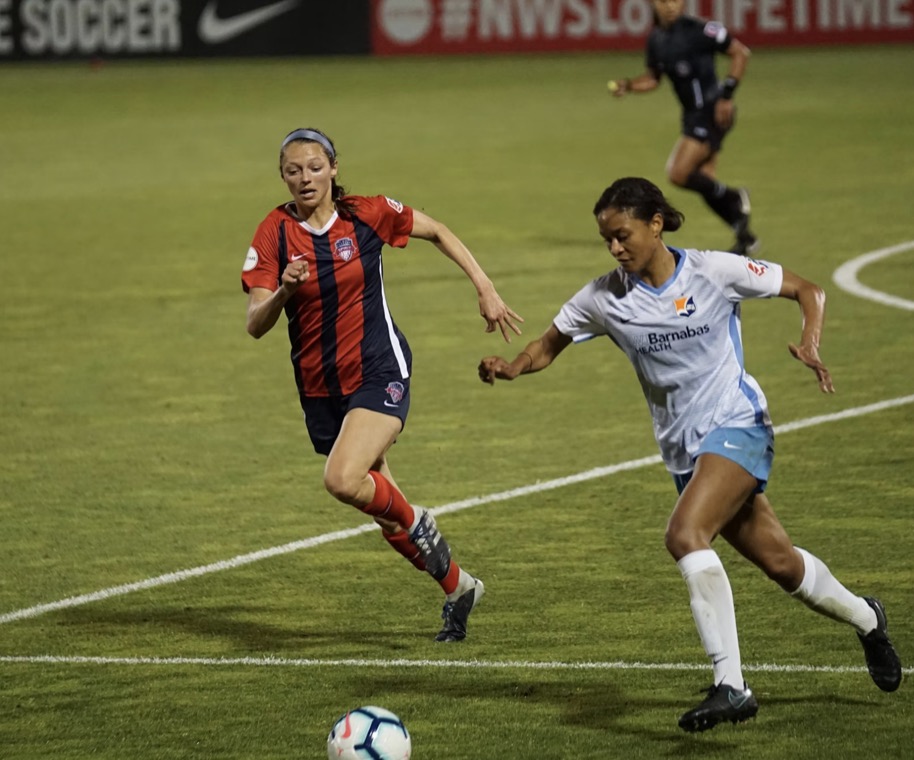
Collaboration between media outlets, leagues, and sponsors can also accelerate change. For instance, initiatives like dedicated women’s sports channels or increased airtime during prime slots could drive audience engagement. Educational campaigns can highlight the importance of equal representation, encouraging audiences to demand and support balanced coverage.
The Time for Change is Now
Media representation plays a pivotal role in the development of women’s sports. Without equitable coverage, female athletes face barriers to recognition, sponsorship, and growth. Addressing these disparities requires a collective effort to embrace comprehensive and inclusive storytelling. By showcasing diverse athletes and prioritizing skill over stereotypes, the media can reshape perceptions, inspire new generations, and drive the growth of women’s sports worldwide. In doing so, it not only supports athletes but also enriches the entire sports industry. The time for change is now, and the media holds the power to make it happen.
Media Representation and Its Impact on Women’s Sports Development


